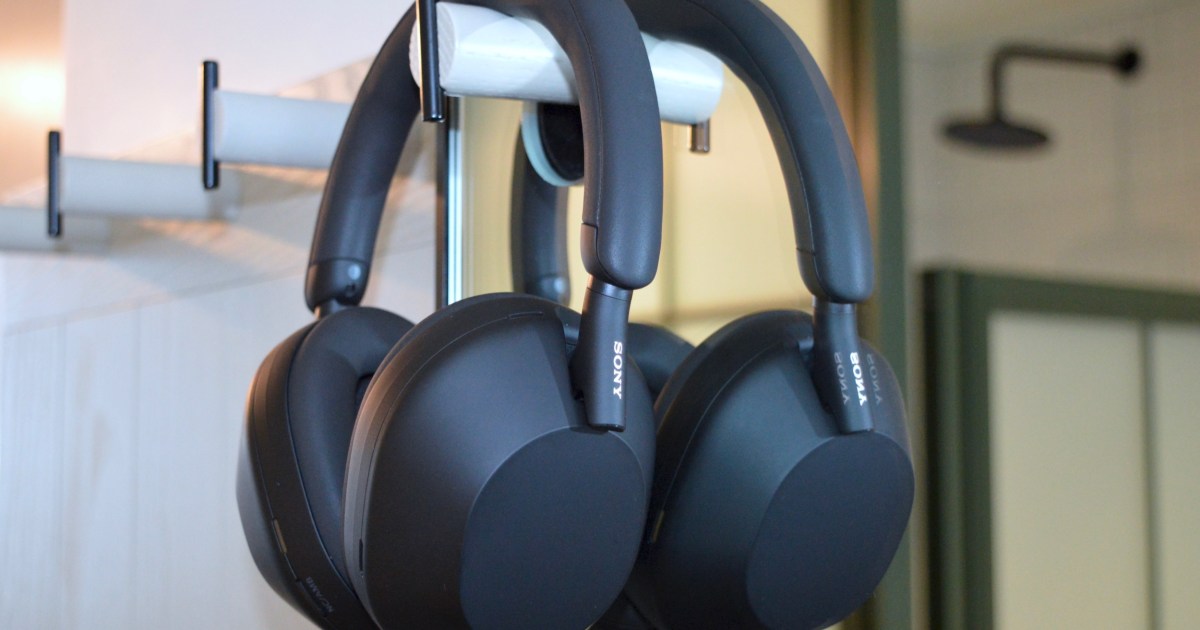I looked at a lot of monitors this week at CES. And I mean a lot. LG, Samsung, Asus, Acer, Lenovo, Dell — they all brought new monitors at the show this year, some of which look like some of the best monitors you’ll be able to buy.
But in looking at the best monitors of CES 2025, I saw three clear trends emerging from the releases, and they’re going to be a big deal as the year goes on.
OLED goes beyond gaming
 Chris Hagan / Digital Trends
Chris Hagan / Digital TrendsOLED monitors have taken over PC gaming over the past few years. There’s no question about that. They’ve gotten faster (now up to 500Hz), sharper, bigger, and most importantly, more affordable. Meanwhile, OLEDs for professionals and creators have been completely silent. There have previously been a few OLED options a few years back, such as the LG UltraFine Pro or the Asus ProArt Display — but they sure were expensive. You couldn’t find one under $3,000. As companies mentioned at the time, that was still considerably cheaper than the professional reference models that needed to be used before.
But now, we’re finally getting modern QD-OLED panels at much lower prices, perfect for creators and entertainment. My favorite model that was announced at CES 2025 was the Dell 32 Plus QD-OLED. It has a gorgeous look, comes with a unique spatial audio feature, and — most importantly — will only cost $800. That alone makes it a huge deal, especially for creators looking to edit video in HDR.
But Samsung also had an interesting offering too — the Smart Monitor M9. It has all the typical Samsung smart features that usually come in this line — but now it’s in OLED. It has an incredibly thin profile, too. We don’t the price yet on it, but it’ll likely cost a bit extra because of the smart features. There will be more models launched in the future too, which is a great trend that will hopefully result in more professionally-made HDR content out in the world — and affordable screens to view it on.
Gaming in 5K
 Luke Larsen / Digital Trends
Luke Larsen / Digital Trends4K monitors (3840 x 2160 pixels) have long been the mainstay of high-resolution gaming. But now that we’ve got the next generation of graphics cards coming out, the RTX 50-series, we’re finally taking the first steps toward a higher resolution. LG launched two versions of an OLED 5K2K (5,120 x 2,160), one with a “bendable” display and one with an 800R curve. Both are 45 inches and come with Dual Mode to allow higher frame rates at lower resolutions too.
Perhaps the more exciting monitor in the 5K category, however, is the Acer Predator XB323QX. It’s not OLED, but its superpower is its pixel density. A 32-inch 5K monitor has a higher pixel density than a 27-inch 4K monitor, meaning you’ll no longer have to compromise on sharpness when moving up to a larger screen. Hopefully not being OLED will also mean it’s a bit cheaper too. Perhaps it’ll make for one of the best 5K monitors you can buy once it comes out.
Lastly, while it’s not a gaming monitor, we also got to check out a new 6K monitor from Asus, the ProArt 6K PA32QCV, which was announced at the beginning of December. It only has a 60Hz refresh rate, but with a resolution of 6016 x 3384, it offers an astounding 218 pixels per inch. So, while it’s not a gaming monitor, it’s another example of monitors raising the bar in terms of resolution. While LG didn’t have its model at CES, the company also announced its own 6K professional monitor this week.
37-inch monitors make their debut
 Luke Larsen / Digital Trends
Luke Larsen / Digital TrendsThe two standard sizes for 16:9 monitors are 27 inches and 32 inches. There are, of course, much larger ultrawide and curved monitors out there, whether that’s 40-inch, 45-inch, or even 49-inch monitors — but they have a wider 21:9 or 32:9 aspect ratio. That’s what makes the new 37-inch monitors launched at CES quite special. Samsung and LG each had 37-inch models on display — one being an Odyssey gaming monitor and one being an LG smart monitor.
These 16:9 monitors are looking to expand beyond 32 inches, and after sitting in front of them (and even gaming on one), I can see the appeal. I prefer 16:9 monitors, and I like the idea of having a larger option available that doesn’t completely overwhelm your desk space. We’ll have to see if it catches on in the rest of the industry, but I could certainly see this becoming a popular option in the future.



















 English (US) ·
English (US) ·